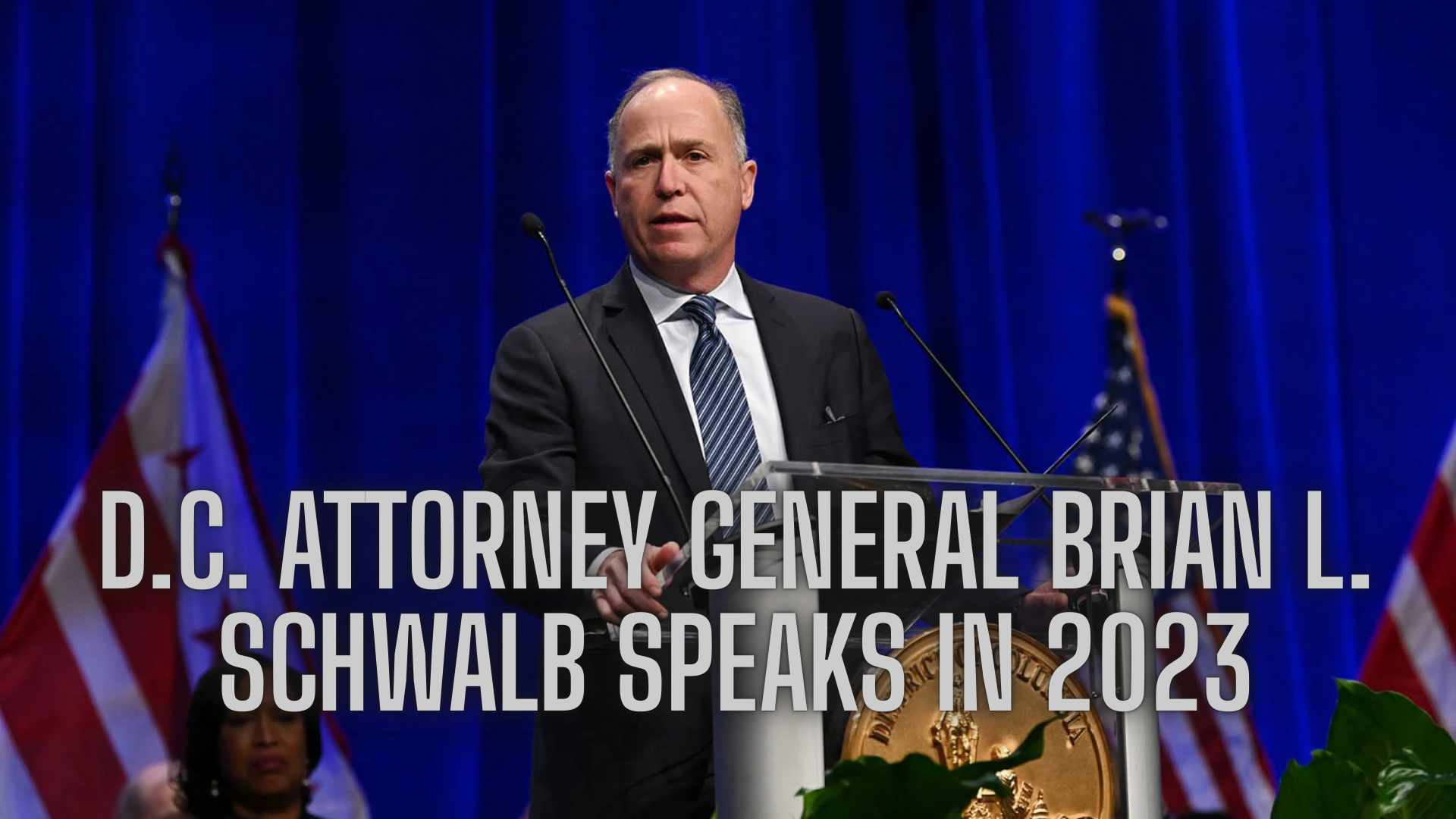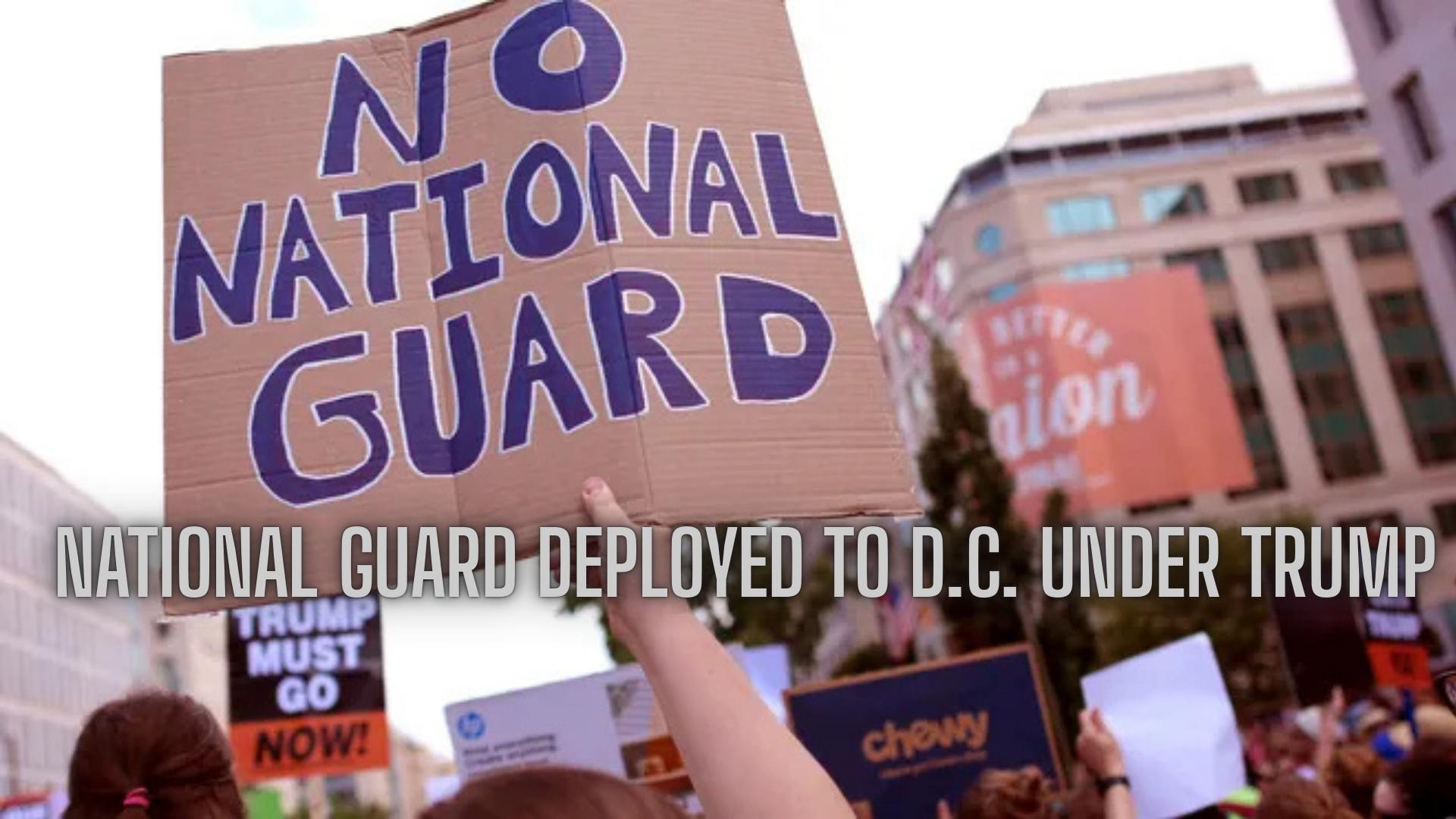Iran has issued a stark warning to the United States in the wake of coordinated U.S. and Israeli airstrikes on three of its most critical nuclear sites, signaling the potential for a dangerous escalation in the Middle East. The military action, approved by former President Donald Trump, marks a dramatic shift from his earlier isolationist foreign policy and represents the most significant American intervention in the region in decades.
President Masoud Pezeshkian of Iran, speaking to French President Emmanuel Macron, made clear that “the Americans must receive a response to their aggression,” laying the groundwork for what could be a prolonged and potentially devastating conflict. Tehran’s top officials echoed this stance, hinting at a multi-pronged retaliation that could include targeting American assets and allies across the region.

Tensions Mount as Iran Considers Response
Iran’s Foreign Minister Abbas Araghchi announced plans to travel to Moscow for consultations with Russian President Vladimir Putin. Meanwhile, senior adviser Ali Akbar Velayati warned that any nation facilitating U.S. military operations against Iran could become a “legitimate target,” according to state media outlet IRNA.
The warning came amid a heated emergency session at the United Nations Security Council, where acting U.S. Ambassador Dorothy Shear defended the strikes. She described them as a necessary response to Iran’s obfuscation in nuclear talks and a preventative measure to stop Tehran from acquiring nuclear weapons. She emphasized that any Iranian retaliation—direct or through proxies—would be met with “devastating” force.
Iran’s UN ambassador, Amir Saeid Iravani, condemned the strikes as a “flagrant breach of international law” and accused Israel’s Prime Minister Benjamin Netanyahu of dragging Washington into a needless and costly war. Russia’s envoy Vassily Nebenzia added that the U.S. had “opened a Pandora’s box” with unpredictable consequences.
Trump’s Mixed Messaging Raises Alarm
Although Trump declared that Iran’s nuclear enrichment sites had been “completely and totally obliterated,” Vice President J.D. Vance adopted a more measured tone. On a U.S. talk show, Vance acknowledged the strikes may have only “substantially delayed” Iran’s nuclear progress. He insisted that the U.S. was not at war with Iran itself but with its nuclear ambitions.
Nevertheless, Trump muddied the waters by invoking “regime change,” tweeting: “If the current Iranian regime is unable to MAKE IRAN GREAT AGAIN, why wouldn’t there be a regime change??? MIGA!!!” The statement fueled fears among both allies and critics that the U.S. may be sliding toward another endless conflict in the region.
Israel Intensifies Its Role
Israeli Prime Minister Benjamin Netanyahu praised Trump’s leadership, saying, “We are very, very close to completing our goal of eliminating Iran’s nuclear and missile threats.” Israel continued its own air campaign over the weekend, launching 30 air sorties against multiple military targets, including the Imam Hussein missile command center in Yazd.
As Iranian leaders weighed their options, military officials in Tehran hinted at possible retaliatory actions, including attacks on U.S. bases and disruptions to maritime trade in the vital Strait of Hormuz, a chokepoint through which about 20% of the world’s oil passes.
Pentagon Reveals Details of the Operation
In Washington, Gen. Dan Caine provided details on the mission, dubbed Operation Midnight Hammer, involving seven B-2 Spirit bombers flying 18-hour round trips to Iran to deploy 14 GBU-57 bunker-buster bombs on the Fordow, Natanz, and Isfahan nuclear sites. Caine said the full extent of damage was still unclear, especially at deeper underground levels.
Satellite images later revealed six craters at Fordow, likely caused by the bombs, though Iranian officials claimed most enriched uranium had been relocated prior to the strikes. The claim could not be independently verified.
Iran’s Counterstrike and Global Repercussions
On Sunday, Iran fired around 20 ballistic missiles into Israel, triggering air raid sirens and injuring at least 16 people. Iran’s Supreme Leader Ali Khamenei declared, “Any military involvement by the U.S. will undoubtedly result in irreparable damage.” Tehran also signaled it would not return to diplomatic negotiations, blaming Washington for “blowing up diplomacy.”
At a press conference in Istanbul, Foreign Minister Araghchi reiterated Iran’s right to self-defense, stating: “My country has been under attack. We will respond as long as necessary.”
In a dramatic move, Iran’s parliament passed legislation authorizing closure of the Strait of Hormuz. Analysts warned that such a step would be a massive escalation with global economic implications, especially for oil markets. However, experts noted that this could backfire on Iran, alienating Gulf neighbors like Saudi Arabia and the UAE who rely heavily on the same shipping route.
Proxy Warfare Looms on the Horizon
Uncertainty lingers over whether Iran’s network of regional proxies—including Hezbollah in Lebanon and the Houthis in Yemen—will be activated as part of Tehran’s response. The Houthis had previously agreed to a ceasefire with the U.S. in May, but over the weekend, their spokesperson vowed to attack American vessels in the Red Sea if conflict resumed.
U.S. officials said they are attempting to open backchannel communication to de-escalate tensions and return to negotiations. Defense Secretary Pete Hegseth insisted that regime change was “not and has not been” the objective of the strikes. “The scope of this was intentionally limited,” he said. “That’s the message we’re sending.”
A Crossroads Moment
Despite reassurances from American and Israeli leadership that the strikes were a limited military action, the situation remains volatile. Trump declared the operation a “spectacular military success” and warned that Iran must now choose “peace or tragedy.” Netanyahu called the mission a historic turning point, praising the “unmatched partnership” between the two nations.
However, the Iranian government remained defiant. State media downplayed the effectiveness of the strikes, and Iran’s Atomic Energy Organization pledged to continue nuclear development. A parliamentary representative from Qom, the city near the Fordow site, described the damage as “superficial” and easily repairable.
The International Atomic Energy Agency confirmed there had been no measurable increase in radiation following the strikes, but tensions remain sky-high. Israeli warplanes launched further strikes into western Iran overnight, targeting missile installations and troops.
What Comes Next?
The U.S. and Israel appear committed to undermining Iran’s nuclear capabilities, but Tehran’s response—military, economic, or via proxies—could ignite a wider regional war. With nuclear diplomacy now seemingly dead and global powers split on how to respond, the path forward is perilously uncertain.
For now, all eyes are on Tehran—and on whether the world’s most volatile region is about to plunge deeper into chaos.




3 thoughts on “Iran Vows Retaliation After Trump-Ordered Strikes on Nuclear Sites: Rising Fears of Full-Blown Conflict”